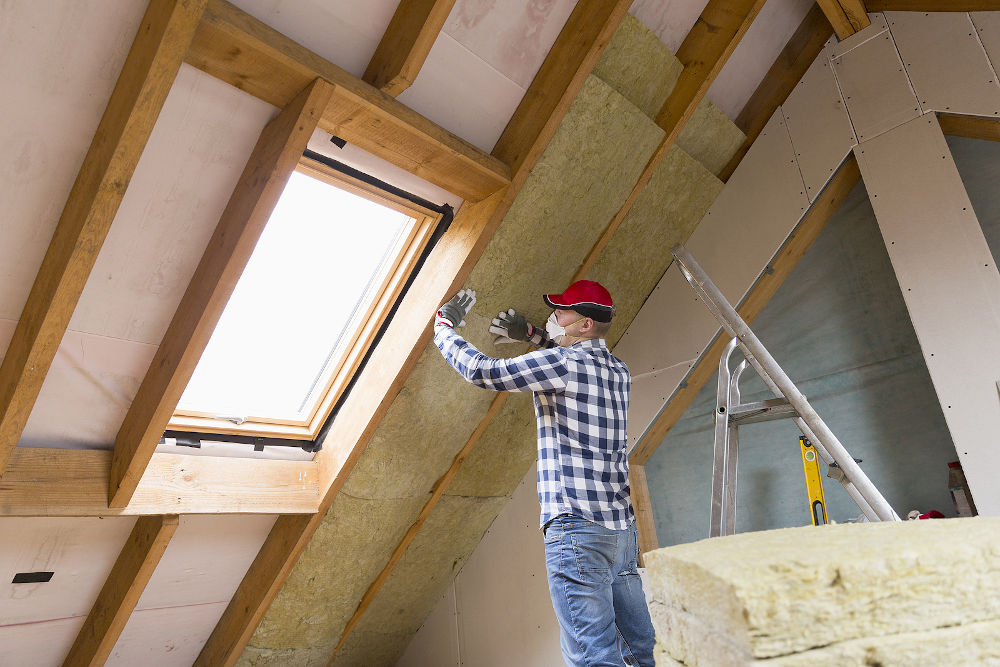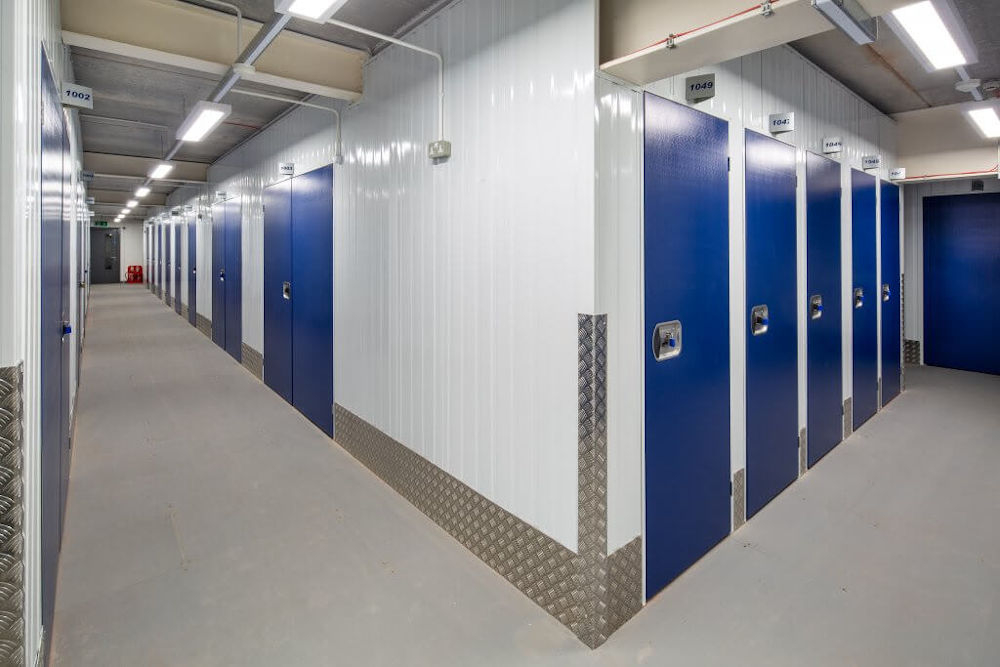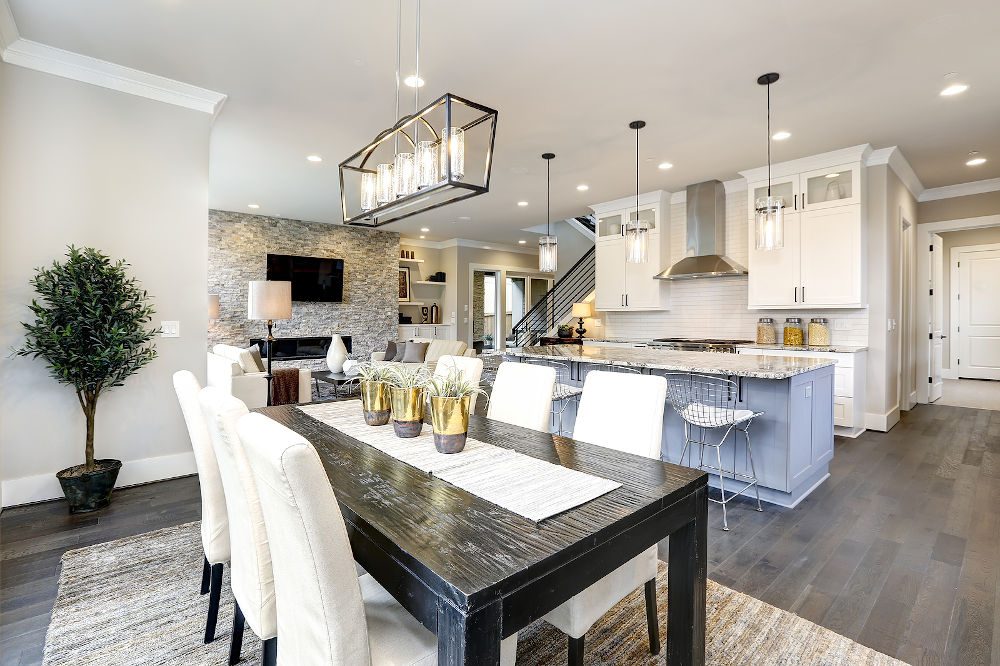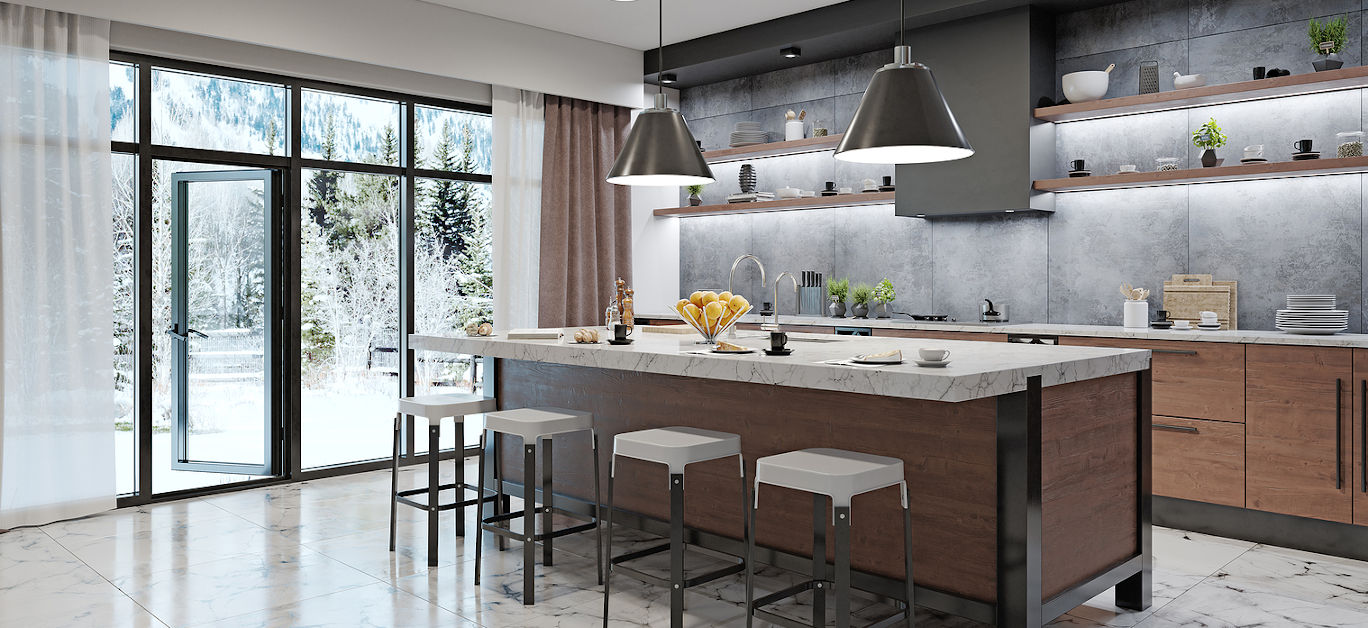The sleek ‘before and after’ videos circulating our favourite social media apps – from Pinterest to TikTok – make it seem incredibly easy to renovate an old home, transforming it into something far more beautiful and functional than it was when purchased. The reality is that home renovations can often be long and stressful but, with a little bit of planning and lots of hard work and patience, it’s definitely achievable.
Whether you’re hiring in a team of professionals to do the majority of the work for you, or perhaps you’re keen to undertake some of the work yourself, the most important aspect of any home renovation project is the initial planning; get that right and it will be smooth (ish) sailing.
To help you plan everything out, we have put together a practical guide for a successful home renovation project.
Our top tips for any home renovation project
Before you set off and start stripping walls and destroying built-in cabinets, take a moment to look at your property and understand what its key features are. Even with the worst ‘fixer-upper’ there will always be something that made you fall in love with the place and is therefore worth preserving. Once you have made a decision on what to save, it’s time to start going through your list of priorities.

Divide and conquer
Come up with a plan for your home renovation. This has to be done in a methodical and somewhat logical manner. For instance, if you’re planning to move in while the renovation works are happening, it might not be a great idea to destroy the bathroom and kitchen quite yet. There are a number of factors that come into play but, ultimately, you decide what to prioritise.
Some prefer to start from the easiest room – or the one that needs less work – as that is likely to be a source of instant gratification, while others prefer to save the best for last. Just be mindful that your enthusiasm and energy levels will be at an all point high when you first start the renovation works, so it might be wise to use that on projects that will require a lot of effort.
Organise your furniture and belongings
Unless you’re lucky enough to have some storage space available to store your furniture and belongings, chances are you might have a few boxes and bags ready to move in the moment you get the keys. Though you might be tempted to just put everything in one room and use that as temporary storage, don’t underestimate the damage that can be done by the dust and dirt flying around your home during the renovation.
A good solution for this is self-storage, a temporary fix that allows you to safely and cleanly store all your furniture and belongings until you’re ready to move them in. Vanguard Storage’s domestic self-storage units offer a unique porter service to help move your items to your storage unit, making the process a lot easier and stress-free.
Once you have moved your belongings into your unit, you can start making some progress on your home renovation project.

Identify problems that will need professional help
Hopefully, your home won’t need very much serious work done, however there is a possibility that you will need professional help with things like electrics and plumbing.
Whether you have spotted an issue that needs fixing – such as a broken light switch – or you’re thinking of changing the layout of a room – like re-routing the kitchen plumbing – it’s wise to get a few quotes before you do anything. By speaking to a few different contractors, you will not only be able to quantify on the cost of the project, but you will also get an idea of timelines and estimated completion dates.
Choose the contractor you trust the most (even better if they were recommended by a friend or relative) and get them to schedule you in so you can start to plan when you need to do your bits.
Start with the manual labour
Once you have sorted any jobs that need the help of a professional, you should be able to get going with projects you can do yourself. Things like stripping wallpaper, sanding wooden floors or painting internal doors are jobs anyone can do, but they will require some time and hard work.
Although you will be able to find plenty of competitively priced tools and materials online, try to resist the temptation and invest in higher-quality products. The tools you use can make a lot of difference when decorating your home.

Complete with decorative work
By the time the contractors are done with any tiling, plumbing or other specialist work around the house, it’s time to start thinking about the interior design. So, what does your dream home look like?
Places like Pinterest and YouTube are great for inspiration, although it’s easy to go overboard when seeing so many beautiful designs. Save a few of your favourite ones and take the time to compare them to your own property, really looking at what could and may not work. Before you know it, you will have made a natural selection and you’ll be heading to your local DIY shop to buy some paint testers.
Last considerations on your revamp project
As the property slowly takes shape, you might stumble upon a few obstacles and hiccups along the way. A way of avoiding the disappointment that comes with these unforeseen issues is to include them in your plan from the start. There is no way of knowing whether you will find original hardwood flooring under the living room carpet, but if you set that as your ‘best case scenario’ and are open to a few other scenarios you won’t take it too badly if something doesn’t go to plan. When it’s time to add the finishing touches to your home revamp project, consider UK Oak Doors for high-quality, bespoke internal doors that will complement your decor and add value to your property.
Once all the hard work and dedication starts paying off and you can finally peel the tape off the walls and start cleaning your windows, it’s time to empty your self-storage unit and start unboxing your belongings. Furniture and accessories are what makes a place truly your own, so go wild and don’t be afraid to experiment – you’ve got your whole life to make this place your home.





















